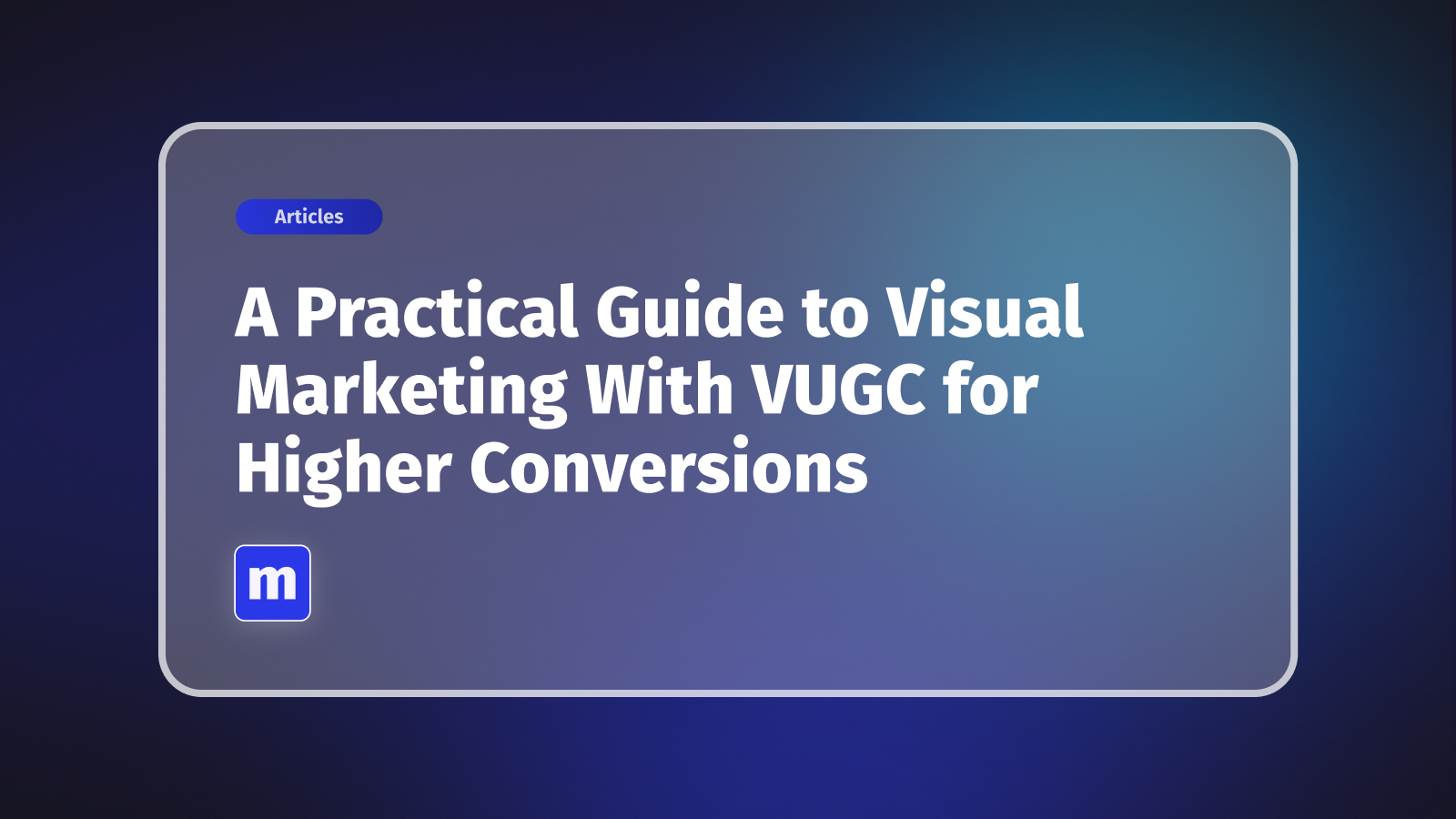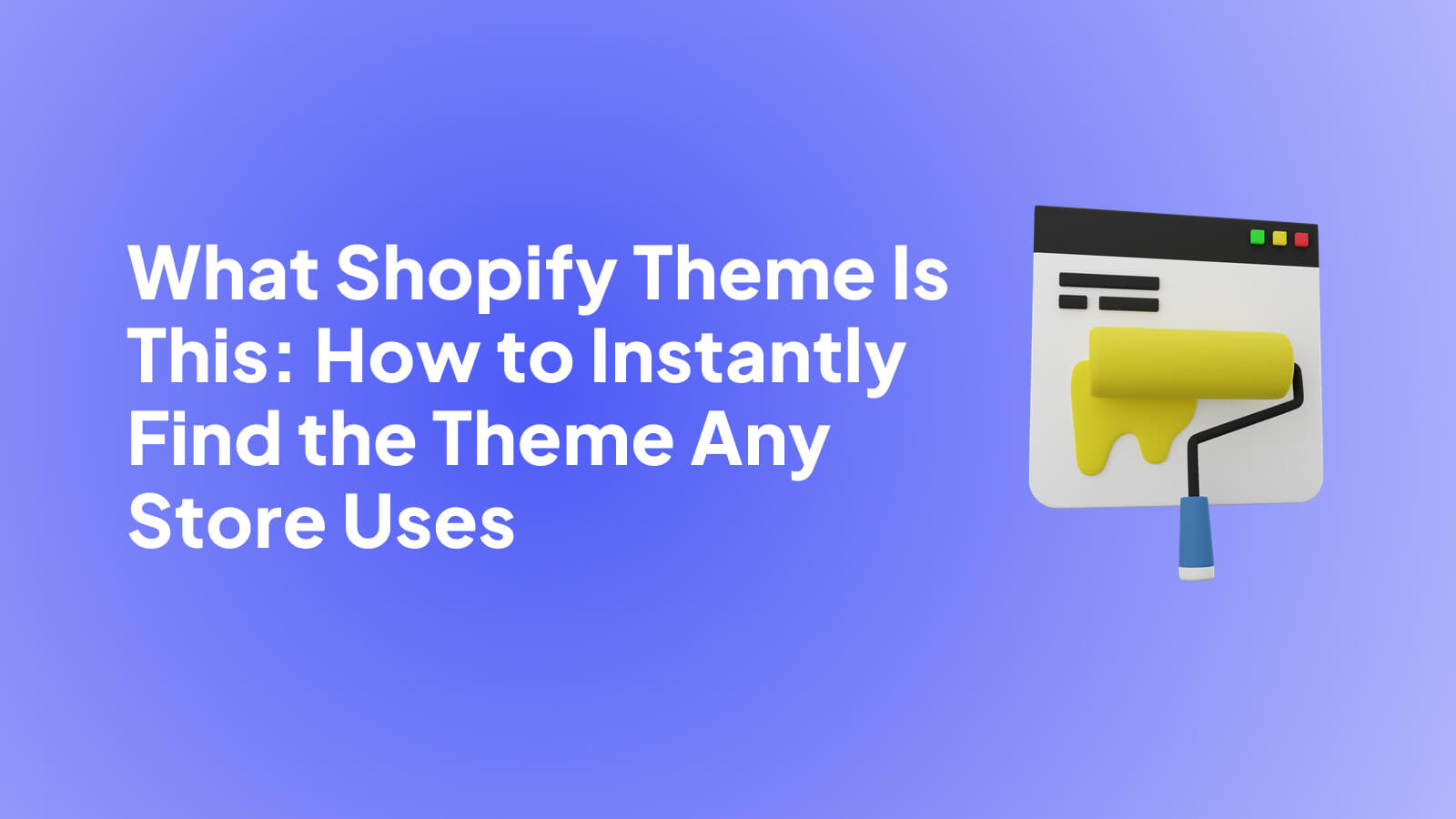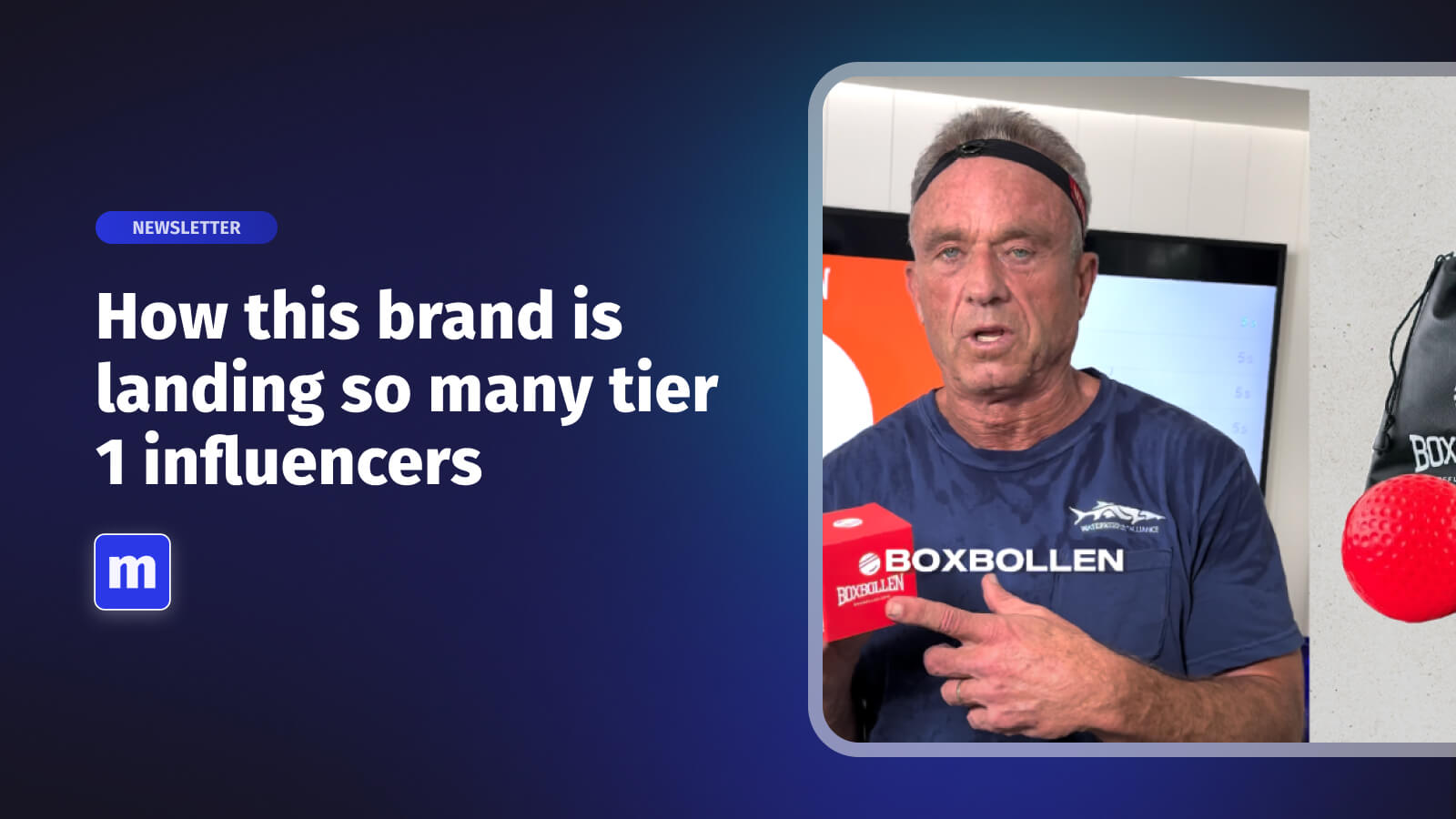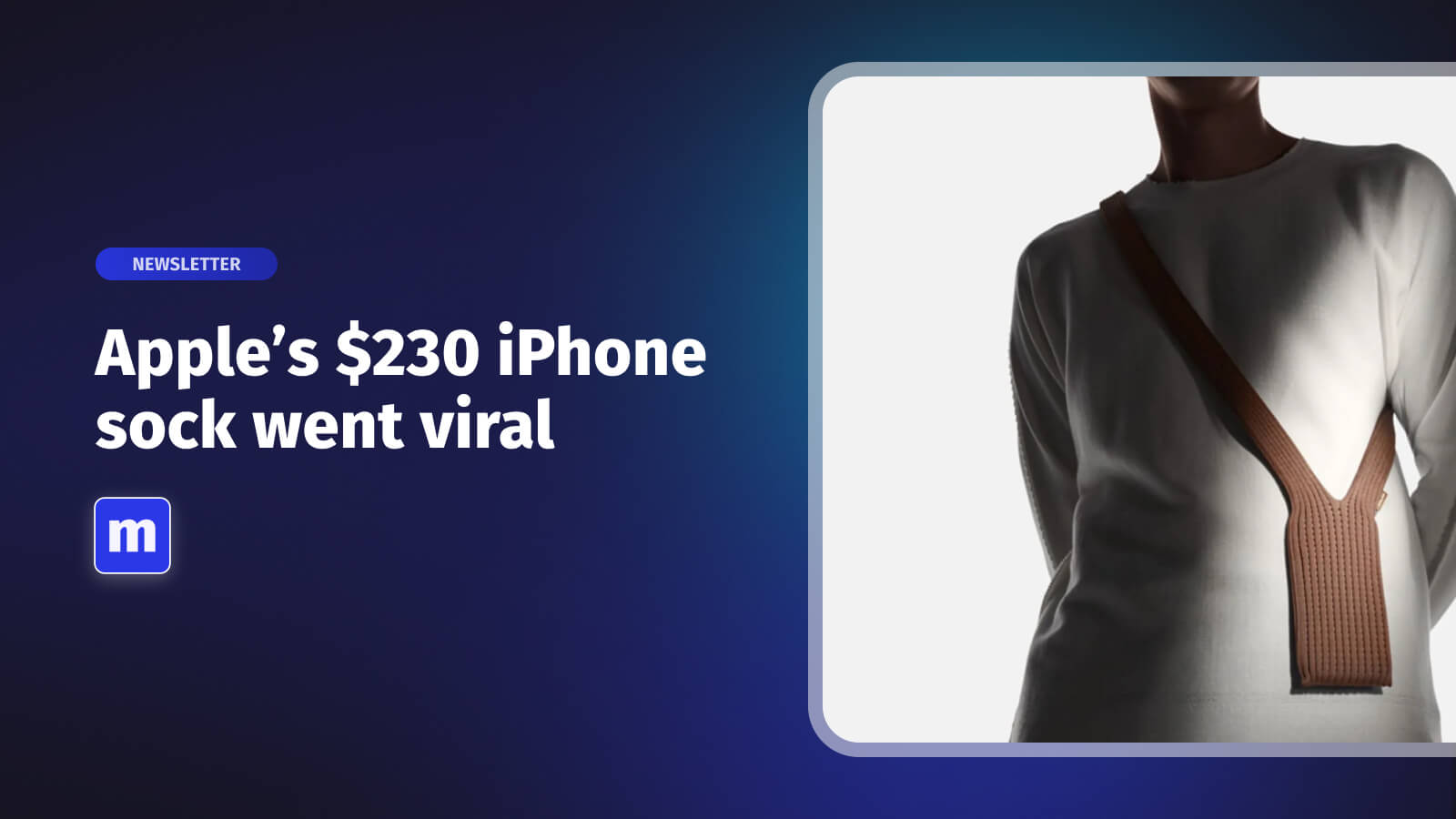
- The Blueprint for Boosting Your Online Revenue
- It's Time to Turn Your Digital Storefront into a Conversion Machine
- Drive Targeted Traffic With Modern Marketing
- Build Customer Trust to Encourage Repeat Business
- Use Data to Make Smarter Sales Decisions
- Your Top Questions About Boosting Online Sales, Answered
When it comes to actually improving your online sales, I've found it boils down to getting three things right: perfecting your digital storefront, connecting with customers in a modern way, and letting data, not guesswork, drive your decisions. Real, sustainable growth isn't about finding some magic bullet; it's about mastering the fundamentals of attracting the right people and turning them into happy, repeat buyers.
The Blueprint for Boosting Your Online Revenue
To see a real lift in your online sales, you need a plan—not just a random assortment of tactics you read about on a blog. I always advise clients to think of their business as being supported by three core pillars. When you focus on strengthening each one, the whole operation gets stronger and can handle serious growth. This framework cuts through the noise and shows you exactly where to put your time and money for the biggest return.
This kind of strategic thinking is more important than ever. The digital market is just getting bigger and more competitive. Global retail e-commerce sales are expected to jump from $5.09 trillion in 2022 to a staggering $6.42 trillion by 2025. That’s a massive opportunity, but it’s reserved for businesses that are disciplined about refining how they operate online.
The Three Pillars of Online Sales Growth
At its heart, increasing revenue is a cycle. You attract, convert, and analyze, then repeat. These three pillars represent the key stages in that cycle where you can make the most significant impact.
- Digital Storefront Optimization: This is all about making your website an efficient sales machine. We're talking about everything from crafting product pages that actually sell and using top-notch images to making the checkout so seamless that you drastically cut down on abandoned carts.
- Modern Customer Engagement: This is how you find high-intent buyers and build relationships that last. It covers smart SEO, social media that actually drives traffic, and email marketing that guides people from curious leads to loyal customers. A comprehensive marketing automation strategy is what ties all of these moving parts together seamlessly.
- Data-Driven Decision-Making: Running a business on gut feelings alone is a recipe for disaster. This pillar is about getting comfortable with your analytics to truly understand customer behavior, track the right metrics, and make smart choices that you can replicate for consistent success.
To put this into perspective, here's a quick summary of how these pillars work together.
Core Pillars for Improving Online Sales
PillarKey ActionsExpected Business ImpactStorefront OptimizationEnhance product pages, simplify checkout, improve site speed.Higher conversion rates, lower cart abandonment, increased trust.Customer EngagementRun targeted ads, build an email list, create valuable content.More qualified traffic, stronger brand loyalty, higher customer lifetime value.Data-Driven DecisionsTrack KPIs, A/B test changes, analyze user behavior.Improved ROI on marketing spend, smarter inventory management, scalable growth.
Focusing on these three areas ensures you're building a well-rounded and resilient e-commerce business.
The image below breaks down some of the most critical metrics you should be watching like a hawk.

Keeping a close eye on your conversion rate, average order value, and cart abandonment rate gives you a real-time health check on your store. These numbers don't lie—they'll tell you exactly where your biggest problems and opportunities are hiding.
It's Time to Turn Your Digital Storefront into a Conversion Machine

This image gets to the heart of what works in e-commerce: you have to test everything. You can't just guess what will make people buy.
Think of your website as your best salesperson, working around the clock. If that salesperson is boring, confusing, or just plain unhelpful, you're not just missing out on sales—you're actively pushing customers away. To really boost your online sales, you need to stop seeing your site as a static brochure and start treating it like a dynamic sales tool that you're constantly tuning up.
This isn't just about making things look pretty. It's about digging into the small details that make a huge difference in whether someone clicks "add to cart" or closes the tab. The e-commerce world is incredibly crowded. With China making up 52% of all online sales and the U.S. at 16%, standing out is tough. Often, the only thing separating you from your competitors is the experience you provide on your website.
Craft Product Pages That Actually Sell
Let's be honest: those generic, copy-pasted product descriptions from the manufacturer are killing your conversions. Your product pages need to do more than list specs. They need to tell a story, solve a problem, and create a connection.
- Talk Benefits, Not Just Features: Don't just say it has a "water-resistant coating." Instead, tell them it "keeps your gear bone-dry, even in a sudden downpour." See the difference? One is a feature, the other is a feeling of security.
- Show, Don't Just Tell: High-quality photos from every angle are the bare minimum. What really moves the needle are shoppable videos—like the ones you can build with Moast—that show your product being used in the real world. This builds a level of trust that static images just can't match.
- Let Your Customers Do the Talking: Nothing you say about your product is as powerful as what a happy customer says. Make sure those glowing reviews and five-star ratings are front and center.
When you weave these elements together, you're not just listing a product; you're building a narrative. You’re helping customers see themselves using—and loving—what you sell. If you’re on Shopify, applying these tactics is the first step to improve your Shopify conversion rate.
Make It Ridiculously Easy to Buy
You can have the most persuasive product page in the world, but if your checkout process is a nightmare, it's all for nothing. Cart abandonment is where profits go to die, and it's usually caused by needless friction just steps from the finish line.
A complicated checkout is the fastest way to lose a sale. Every single field you can remove, every extra click you can eliminate, is money back in your pocket.
Take a hard look at your entire checkout flow. Are you forcing people to create an account before they can buy? Do you offer popular payment options like PayPal or Apple Pay? Making it incredibly simple to hand over their money is one of the most impactful changes you can make. If you want to dive deeper, we've got a whole guide on how to https://moast.io/blog/increase-ecommerce-conversion-rate by fixing these common roadblocks.
Drive Targeted Traffic With Modern Marketing

You can have the most beautiful, user-friendly online store in the world, but it won’t make a dime if no one ever finds it. Getting the right people to your website is the engine that powers everything else. We're not talking about chasing empty clicks, either. This is about attracting high-intent buyers who are actively searching for what you sell.
The trick is to build a presence across multiple channels where your ideal customers already are. A smart marketing plan blends the slow-burn power of organic discovery with the precision of paid campaigns, creating a steady, reliable stream of qualified traffic.
Master Organic Search To Attract Ready-to-Buy Customers
Search engine optimization (SEO) is, without a doubt, your best bet for long-term, sustainable traffic. Think about it: when someone types a query into Google, they have a specific need. Ranking for their search terms puts your product right in front of them at the exact moment they're looking to buy. To make this happen, you need an effective ecommerce SEO strategy.
The real gold is in long-tail keywords. These are longer, more specific phrases that reveal a user's intent. Instead of fighting for a broad term like "running shoes," you might target "best running shoes for flat feet." The person searching that is miles closer to making a purchase.
- Create Problem-Solving Content: Don't just announce products. Write blog posts and guides that solve the problems your customers face. A post titled "5 Ways to Choose the Right Hiking Boot" will pull in far more qualified buyers than a generic product page.
- Optimize Product and Category Pages: Weave those long-tail keywords naturally into your page titles, product descriptions, and even the alt text for your images. This helps search engines understand precisely what you sell and who it's for.
Run Paid Campaigns Optimized for Conversions
Paid advertising on platforms like Google and social media offers immediate access to laser-focused audiences. The secret isn't a massive budget; it's being ruthless with your optimization. Your success metric isn't clicks—it's sales.
For instance, a boutique selling handmade leather bags could leverage Facebook's Lookalike Audiences. By uploading a list of past customers, Facebook's algorithm can find and serve ads to new users who share similar traits and buying behaviors. This makes your ad spend incredibly efficient.
Pro Tip: Never send paid traffic to a generic page. If someone clicks an ad for "red party dresses," they better land directly on a page filled with your red party dresses, not your homepage. Make the journey seamless.
Spark Sales With Engaging Social Content
Social media is so much more than a digital billboard for product photos. It's where you build a community, earn trust, and tell your brand's story. Use these platforms to show your products in a real-world context that people can connect with.
Imagine a small business that sells specialty coffee. Instead of just posting static images of coffee bags, they could share:
- Short Instagram Reels demonstrating different brewing techniques.
- Behind-the-scenes Stories of their bean roasting process.
- User-generated photos from happy customers enjoying their morning cup.
This kind of content forges an authentic connection and keeps your brand top of mind. Genuine social proof, like customer reviews and testimonials, is powerfully persuasive. If you want to dive deeper, there are many essential ways to embed social proof in your ecommerce site that work just as well on your social channels.
By combining these modern marketing pillars, you create a powerful system for attracting—and ultimately converting—the right customers.
Build Customer Trust to Encourage Repeat Business
Getting that first sale feels great, but it's just the beginning. The real magic in e-commerce—the secret to sustainable growth—is turning that one-time buyer into a lifelong fan. Trust is the bedrock of online retail. When you earn it, you build a business that doesn't just survive on chasing new leads but thrives on loyal customers coming back again and again.
This whole process kicks off the second someone lands on your site and doesn't end until long after their package has been unboxed. Let's be honest, the online marketplace is packed. Standing out requires more than just a good product; it demands an incredible customer experience. We saw a massive e-commerce boom during the pandemic, with sales skyrocketing by $897 billion in 2020 alone. That pace has settled, but the market is still growing. If you want to carve out your piece of it, you have to build genuine relationships.
Be Radically Transparent with Your Policies
What’s the biggest hurdle for a potential customer? Uncertainty. What if it doesn't fit? What if I don't like it? What if it's a pain to send back? You can dissolve all that anxiety by being upfront and crystal clear about your policies.
Don't bury your shipping and return info in the footer. Make it a selling point!
- Showcase the Details: Put your shipping costs and delivery estimates right there on the product page and during checkout. No surprises.
- Create an Ironclad Return Policy: A simple, no-questions-asked money-back guarantee is one of the most powerful tools you have. It completely removes the financial risk for the shopper.
I always tell clients to think of their return policy as a marketing investment, not a business cost. A customer who feels safe knowing they can easily return something is infinitely more likely to click "buy" in the first place.
This kind of transparency does more than just answer questions—it shows you’re confident in what you sell.
Put Social Proof Front and Center
Let's face it: anything you say about your product is marketing. But when a real customer says it? That's proof. Nothing builds trust faster than hearing from someone who has already bought and loved your stuff.
So, you need to actively gather and display this user-generated content. A simple follow-up email a week after delivery asking for a review can work wonders. Then, take those glowing testimonials and five-star ratings and splash them all over your homepage and product pages. Want to go deeper on this? We've put together a full guide on building brand trust through user-generated content.
Don't stop there. Simple loyalty programs or a quick, personal "thank you" email after a purchase can make a huge difference. Offering a small discount on their next order or suggesting another product they might like shows you're paying attention. It’s small gestures like these that turn a single transaction into a lasting relationship.
Use Data to Make Smarter Sales Decisions

Gut feelings have their place, but they don't scale a business. Data-driven decisions do. If you're serious about improving online sales, you have to move from guessing what works to knowing what works. This means getting comfortable with your numbers and using them to make strategic choices that directly impact your revenue.
It’s a common misconception that you need a data science degree to get anything useful out of analytics. In reality, you just need to know which numbers to watch.
Key E-commerce Metrics to Track
To get a clear picture of your store's health, you don't need to track a hundred different things. Start with the heavy hitters. These core metrics will tell you most of what you need to know.
Let's break down the essential metrics that every e-commerce owner should have on their radar.
MetricWhat It MeasuresWhy It's Important for Sales GrowthConversion RateThe percentage of your website visitors who actually buy something.This is the big one. A low conversion rate can point to problems with your product pages, a clunky checkout process, or pricing that just isn't landing right.Average Order Value (AOV)The average dollar amount each customer spends when they place an order.Getting customers to spend just a little more per order is a fantastic way to boost revenue without needing more traffic. A strong AOV shows your upselling and cross-selling is working.Customer Lifetime Value (CLV)The total amount of money a customer is expected to spend with your brand over their entire relationship with you.CLV shifts your focus to long-term value. It helps justify spending on customer retention and loyalty programs because you know how much a happy customer is truly worth.
These numbers give you a fantastic high-level view. But the real game-changer is digging into the "why" behind them.
Finding Actionable Insights in Your Analytics
Your analytics platform, whether it's Google Analytics or another tool, is a treasure trove of information about how people behave on your site. The screenshot above, for example, gives you that instant dashboard snapshot—user trends, where traffic is coming from, and even what countries your visitors are in. This is your first clue as to whether your marketing is hitting the mark.
But don't stop at the dashboard. Go deeper to find real growth opportunities.
- Pinpoint Your Best Channels: Dive into your "Acquisition" report. Is most of your high-converting traffic coming from Organic Search? Social media? A specific email campaign? If you find Instagram is sending you customers who buy, it’s a clear signal to invest more time and resources there.
- Walk Through Your Sales Funnel: Funnel reports are incredible for spotting leaks in your sales process. Do you see a massive drop-off on the shipping information page? That's a huge red flag that your shipping costs are probably scaring people away.
- See What Content Clicks with Your Audience: Look at which blog posts, guides, or pages have the highest engagement and time-on-page. These topics are pure gold. They're what your audience cares about, making them perfect candidates to expand into more valuable content, like a detailed video tutorial. For more on that, check out our guide on effective e-commerce video production.
Don't just stare at the data; interrogate it. Constantly ask, "Why did this number go up?" or "What's causing people to leave at this step?" This curiosity is what turns raw data into tangible revenue.
Another incredibly useful tool is a heatmap. It gives you a visual overlay of your webpage, showing exactly where people are clicking, how far they scroll, and where they move their mouse. You might discover that dozens of people are trying to click an image that isn't a link, or that they are completely scrolling past your main "Add to Cart" button.
These kinds of insights are gold, giving you a clear, data-backed roadmap for simple A/B tests and website tweaks that can produce massive results.
Your Top Questions About Boosting Online Sales, Answered
Jumping into e-commerce always stirs up a ton of questions. As you start putting these strategies into practice, you'll probably wonder where to start, especially when you're working with a tight budget and even tighter schedule. Let's break down some of the most common hurdles I see business owners run into.
I'm on a Limited Budget. Where Should I Focus First?
When you’re just getting started, the temptation to do everything at once is real. My advice? Fight that urge. The smartest thing you can do is go after the low-hanging fruit—those changes that deliver the biggest results for the smallest investment.
First, focus on what you already have: your website. Sharpening up your product descriptions, shooting better photos (your smartphone is probably good enough to start!), and smoothing out your checkout process cost you nothing but time. Seriously, these foundational fixes can give your conversion rate a nice little lift without you spending a single dollar on ads.
From there, pick one organic marketing channel and own it. Don't try to be a star on Facebook, Instagram, TikTok, and nail SEO all at once. It's a recipe for burnout. Find out where your customers actually spend their time and go all in on that platform.
Building a genuine, engaged community on one channel will always beat having a weak, scattered presence across five. A small business with a passionate Instagram following is a force to be reckoned with.
Once you’ve got a reliable stream of organic traffic coming in, you can start strategically putting your profits back into highly targeted paid ads.
Which Tools Are Actually Essential When I'm Starting Out?
The market is absolutely saturated with tools all promising to make you an overnight success. It's easy to get overwhelmed and feel like you need them all. In reality, you only need a handful of essentials to get the ball rolling.
- A Solid E-commerce Platform: This one's not up for debate. A platform like Shopify handles all the heavy lifting—your storefront, checkout, and order management. It's your home base.
- Basic Analytics: You can't improve what you don't measure. Google Analytics is free and gives you all the crucial data you need on where your visitors come from, what they do on your site, and how many of them actually buy.
- An Email Marketing Service: Start building your email list from day one. I can't stress this enough. That list is a direct line to your customers that you own, completely independent of unpredictable social media algorithms.
- A Shoppable Video App: Today's shoppers want to see products in action. A tool like Moast lets you quickly drop engaging, shoppable videos right into your store, which can be a game-changer for building trust and getting that conversion.
Anything else can wait. Get comfortable with this core set of tools first. Only add something new when you have a very specific problem that you know a new tool can solve. This lean approach keeps your expenses down and keeps you focused on what really moves the needle: making sales.
The right tools make all the difference. With Moast, you can add engaging, shoppable videos to your Shopify store in minutes—completely free. Showcase your products in action and turn browsers into buyers. Get started today at moast.io.
Related content
Turn your social content into a revenue channel
Turn your TikToks and Reels into shoppable videos and boost conversions by 3.5x.













